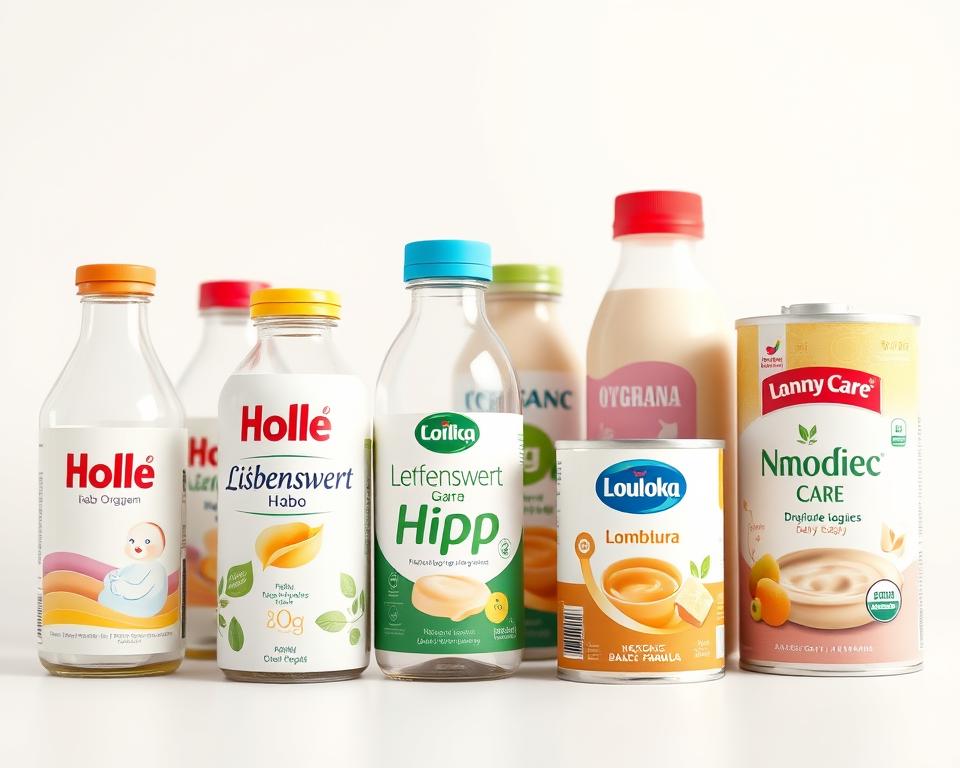Pool Remodeling Spring Tx: Expert Design & Renovation
Quick stat: Nearly 60% of homeowners believe a fresh backyard renovation boosts curb appeal beyond a kitchen update.
At Silver Arrow 6 Pools, we provide helpful, knowledgeable guidance from initial idea to final walkthrough.
Our team prioritizes style-driven improvements like interior resurfacing, new decking, LED lighting upgrades, re-tiling, and energy-smart equipment.
We integrate new tile and automation—robotic cleaners, control systems, and remote access—to provide safety, convenience, and efficiency for your home.
Expect clear communication, a transparent pool building Spring Tx scope, and craftsmanship you can trust. From site prep to final finishing, we emphasize long-lasting materials and efficiency-minded systems suited to local climate.
Upgrades such as lighting, water features, and cohesive decking create a unified outdoor feel and support lasting value.
If you’re ready to refresh your pool, get in touch today for helpful guidance, personalized choices, and a step-by-step plan matched to your goals.
Main Takeaways
- Silver Arrow 6 Pools offers design-led renovations and local expertise.
- Common upgrades include resurfacing finishes, new decks, LED lighting, and energy-smart equipment.
- Automation adds safety, convenience, and efficiency.
- Quality at every step supports durability and curb appeal.
- Open communication with a defined plan keep the process simple.
Professional Pool Remodeling by Silver Arrow 6 Pools, Tailored to Your Backyard
We build carefully planned updates that work with your existing layout while providing modern finishes and efficient systems.
Our services start with a consultative plan that defines goals and practical needs. We present options for tile, coping, decking, lighting, water features, and equipment so you can compare maintenance, cost, and look before choosing.
As local professionals, our experience throughout the region helps us foresee site factors like access, setbacks, and shade. That keeps designs intentional and space-aware.

- Tile and coping options side by side to compare durability versus style
- Space-efficient features: built-in seating, tanning ledges, and spa additions
- Equipment upgrades for improved efficiency and clarity
Whether you want a subtle refresh or a full transformation, we align the scope to your timeline and budget. Arrange a friendly, no-pressure on-site review to review tailored options for your outdoor space.
Pool Remodeling Spring Tx
A thoughtful update pairs fresh finishes with smart equipment to improve looks and lower operating costs.
Resurfacing, re-tiling, and coping upgrades for a fresh, modern look
Resurfacing restores a smooth, attractive swimming pool surface and can be paired with new tiles and coping for a cohesive style refresh.
Re-tiling at the waterline, steps, or raised walls revives style while improving durability. New coping improves safety and comfort with defined edges.
Choose decking that suits your area’s layout and limits impact to landscaping during work. Integrated LED lighting reduces glare and highlights steps and water movement for nighttime enjoyment.
Water features like waterfalls, fountains, and bubblers introduce charm along with cooling effects while automated sprayers can be playful and practical.
Energy-efficient equipment, repairs, and maintenance
Upgrade to VS pumps, right-sized heaters or chillers, and high-performance filters to reduce energy consumption. Automation makes control simple and convenient.
Targeted repairs and routine maintenance prolong finish and equipment life, supporting clarity and balanced chemistry.
- Sequencing matters: start with structural repairs, then surfaces/tile, then equipment/features.
- Select textures and colors that resist stains and local climate.
- Map access/staging to protect landscaping and maintain efficiency.
Design Options to Fit Your Lifestyle, Budget & Space
Start with the lifestyle you want: simple, kid-friendly, or resort style, then choose materials that fit that vision. Silver Arrow 6 Pools guides you to finishes and features that support your ideal aesthetic while remaining within budget and space.
Tile and Coping Styles: Glass, Porcelain, Stone, Brick, and Custom Mosaics
Porcelain and ceramic tiles offer wide visual range and low upkeep. Glass gives shimmer at waterlines and edges.
Natural stone, travertine, and brick perform well as coping, providing traction and comfort at edges. Custom mosaics enable custom statement walls and backsplashes.
Seating, Tanning Ledges, Spas, and Safety—Integrated
Built-in seating, tanning ledges, and integrated spas increase daily use without crowding the area. Design circulation for comfortable furniture and access.
Add non-slip surfaces, handrails, and blended step markers for safe use with coherent style.
Make Your Dream Pool: Color Palettes, Textures, and Waterline Accents
Pick palettes and textures that coordinate with your home exterior and hardscape for a coherent, refined look. Waterline tiles plus raised features introduce depth without heavy upkeep.
- Compare porcelain, glass, and mosaic tiles for durability and upkeep.
- Balance coping choices—stone, brick, or precast—for comfort and traction.
- Plan deliveries and staging to protect landscaping and keep installation smooth.
Remodeling Process: From Vision to Quality Finish
Our team kicks off by listening to your goals and site specifics. This friendly consult sets a clear picture of budget, timeline, and any existing issues that shape the plan.
Consultation and Site Assessment: Goals, Issues, and Project Scope
We conduct a hands-on site review to verify access, measure decks, and note safety needs. That lets us shape a realistic project scope and protect landscaping during work.
Clear Plan, Timeline, and Permits for a Smooth Experience
We share a stepwise plan with sequencing for demolition, structural repairs, tile and coping, equipment installation, and cure times. Our team takes care of permits for electrical and structural work so the schedule stays steady.
Build Phase, Equipment Install & Final Touches
During construction we provide progress photos and milestone check-ins. Equipment is set up and commissioned per specs, then lighting focus, control setup, and water balance are completed for a refined, quality finish.
At turnover, we cover warranties along with maintenance tips and guide a walk-through of the finished remodel to ensure you’re satisfied.
Local Know-How in Spring, TX and Surroundings
Serving nearby communities gives us an edge when it comes to quick site visits and responsive support. Our crews are familiar with local lots, soils, and weather that affect long-term material choices.
Proudly Serving The Woodlands, Tomball, Cypress, Magnolia, and Conroe
We assist homeowners in these areas with flexible scheduling and steady workmanship. That nearby presence accelerates coordination, permit help, and material swaps as plans change.
- We select tiles and coping that resist heat and staining seen with local tree cover and soils.
- Proximity lets us plan access routes that protect your home and landscaping during construction.
- Crews adapt to subdivision limits and lot sizes for efficient staging and tidy worksites.
- Local stock of popular finishes keeps timelines on track and reduces delays.
“Fast local visits make follow-ups and adjustments straightforward.”
Get in touch for a friendly assessment fit to your home and neighborhood. We offer timely service with ongoing support after the project is complete.
Financing, Options, and Clear Pricing—Made Simple
Transparent, itemized estimates let you compare finishes/equipment/schedules side by side.
We structure quotes around your needs with individual line items for finishes, tile and coping, decking, equipment, lighting, and features. Local pricing accounts for area factors like deck square footage and equipment selections.
Choose budget tiers that show practical options so you can prioritize high-value items first. We show A/B comparisons that illustrate reduced operating costs with upgraded equipment.
- Group repairs and upgrades to streamline scheduling and avoid duplicate service visits.
- We take care of permitting, deliveries, and debris removal so there are no unexpected fees in your service agreement.
- Alternate material options balance cost, lead time, and durability.
- Phase the work for early wins now, enhancements later.
Financing guidance lets you start now with budget-fit monthly payments. Typical timelines vary by scale; request an example schedule tied to your project and family calendar. Contact us with questions or to refine a proposal so the final plan matches exactly what you want.
Why Homeowners Choose Silver Arrow 6 Pools
Local families trust Silver Arrow 6 Pools for predictable timelines, respectful crews, and long-lasting workmanship.
Experienced pros focused on quality & communication
Our team delivers hands-on experience with friendly updates at milestones. We keep updates concise and clear so you always know the schedule and what’s next.
Comprehensive services: remodels, equipment upgrades, lighting, and repairs
One contractor handles remodel pool scopes, equipment upgrades, LED lighting plans, and on-time repairs. That one point of contact reduces delays and prevents overlap.
“Reliable timelines and tidy worksites lower homeowner stress.”
| Offering | Key Benefit | Expected Result |
|---|---|---|
| Refresh of Tile & Coping | Improved appearance | Increased surface longevity |
| Equipment Modernization | Greater efficiency | Decreased operating costs |
| Feature & Lighting Upgrades | Safety and ambiance | Better evening use |
Ongoing maintenance programs protect finishes and systems so you benefit from the full life of your investment. Prompt repair response plus clear reports support informed decisions with less stress.
To Summarize
Refresh a worn swimming area into a cohesive outdoor environment aligned to your lifestyle and budget.
Silver Arrow 6 Pools aligns design, materials, features, and equipment through a clear process so projects remain predictable and on schedule.
Choose tiles, tile accents, and coping that match your home and hold up to daily use and chemistry. Thoughtful lighting, water features, and seating extend enjoyment while adding value.
On-time repairs with ongoing service help surfaces last while cutting downtime. We serve Spring and nearby areas with friendly guidance and practical options.
Reach out to Silver Arrow 6 Pools today to share your dream, review your options, and book an on-site consultation.









